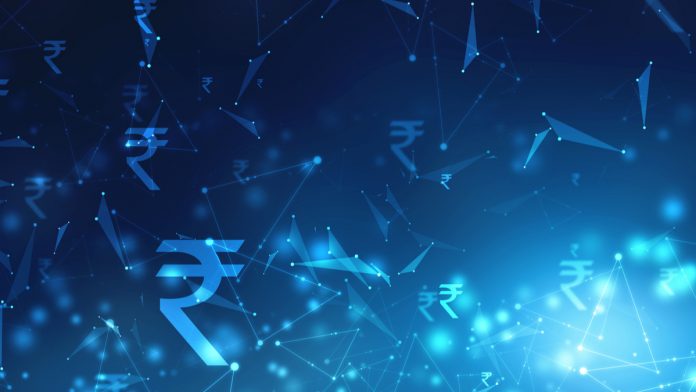- Indian Rupee (INR) falls in risk-off trade
- Oil prices fall to a 15-month low
- US Dollar (USD) rises on safe-haven flows
- Banking rout continues
The US Dollar Indian Rupee (USD/INR) exchange rate is rising for a third straight day. The pair settled +0.01% higher on Tuesday at 82.24. At 15:00 UTC, USD/INR trades +0.68% at 82.80 and trades in a range of 82.21 to 82.30.
The Rupee is fooling as risk of trade hits market sentiment across the globe and after slightly weaker-than-expected Chinese industrial production data.
China’s industrial output rose 2.4% year on year in January and February, up from 1.3% but below the 2.6% that analysts had forecast. The data shows that the economic recovery in the world’s second-largest economy is rebounding, but with weaker foreign demand, the recovery is unlikely to be linear.
Separately China retail sales rose 3.5% year on year, in line with forecasts and up from -1.8%.
Oil prices have fallen sharply, with West Texas Intermediate falling to a 15-month low below $70 per barrel.
The US Dollar is rising across the board. The US Dollar Index, which measures the greenback versus a basket of major currencies, trades +1.25% at the time of writing at 104.85, marking the second straight day of gains.
The US dollar has surged higher in risk of trade as the global banking crisis deepens. Stocks markets in Europe and the US are falling further, amid rising concerns that the banking sectors could be looking at a second financial crisis as shares continue to fall.
Meanwhile, investors look beyond data that suggests that the Federal Reserve may soon start slowing the pace of rate hikes. Retail sales fell by -0.4% month on month, more than expected after rising 3.2% in January. The fall in sales suggests that consumers are reining in spending as interest rates rise.
Separately wholesale inflation, as measured by the producer price index, fell by a more-than-expected 4.6% year on year, well down from 5.2% in January. Cooling wholesale inflation usually points to a slowdown in consumer inflation, which would take pressure off the Fed to raise rates aggressively.





